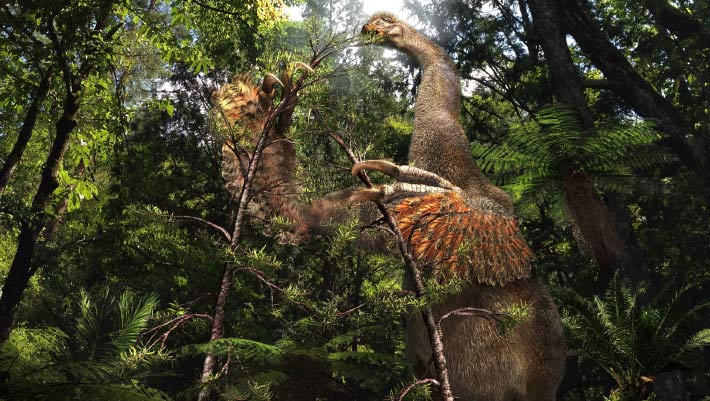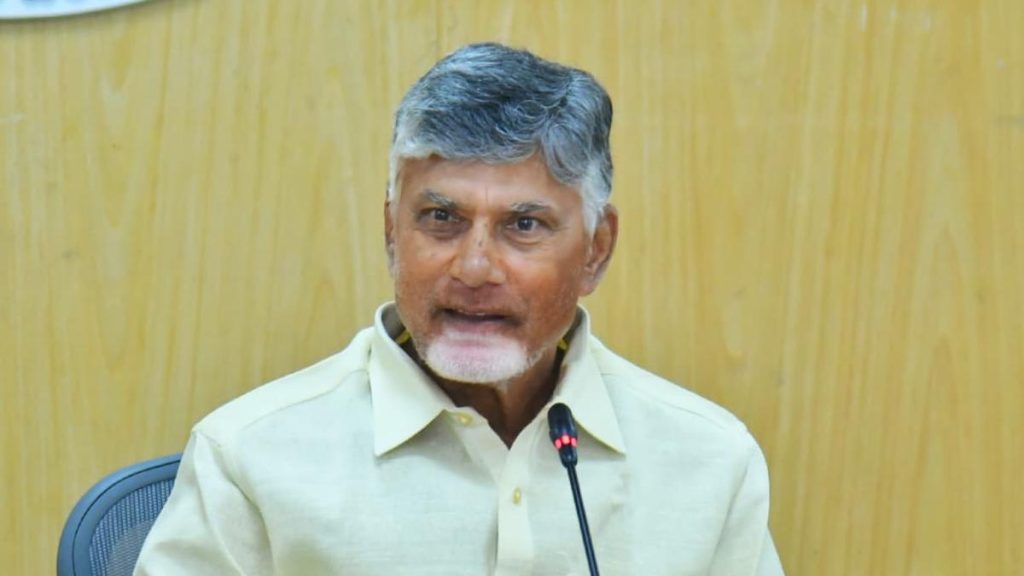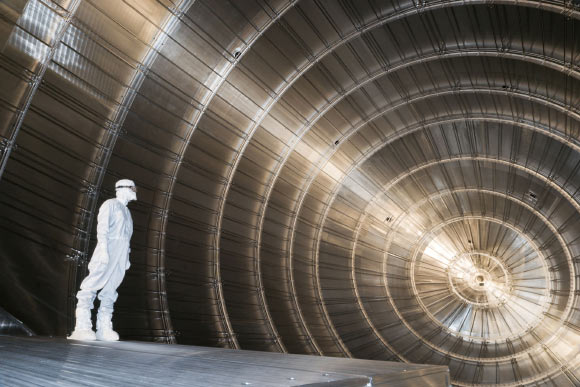Now Reading: Scientists Discover Rare Two-Fingered Therizinosaur Species
-
01
Scientists Discover Rare Two-Fingered Therizinosaur Species
Scientists Discover Rare Two-Fingered Therizinosaur Species

Quick Summary
- Fossilized remains of a new therizinosaurid dinosaur species, duonychus tsogtbaatari, have been discovered in Mongolia’s Gobi Desert, dating back too the Late Cretaceous epoch (95-90 million years ago).
- Classified as part of Therizinosauria, a group of herbivorous/omnivorous theropod dinosaurs known for their long necks and distinctive clawed hands.
- unique features: Duonychus tsogtbaatari has a two-fingered didactyl hand (contrasting three fingers in other therizinosaurs) and well-preserved keratinous claws.
- Estimated body mass is 260 kg; claws likely used for grasping branches during selective vegetation foraging. Other uses could include defense or courtship behaviors.
- Fossils include partial skeleton components (vertebrae,ribs,scapulae,humeri,manus bones) recovered from the Urlibe Khudak locality within the Bayanshiree Formation ecosystem.
- Research highlights functional diversity in claw usage among therizinosaurs and suggests greater species richness in the region than previously understood.
indian Opinion Analysis
The discovery of Duonychus tsogtbaatari broadens our understanding of dinosaur evolution and ecosystem dynamics during the Late Cretaceous period while providing key insights into function-specific adaptations like claw shape and flexibility related to feeding behavior. While seemingly distant geographically from India at first glance, this discovery highlights Asia’s importance as a hub for paleontological research that uncovers diverse prehistoric life forms crucial to global scientific knowledge about evolutionary patterns across continents.
For India-home to several fossil-rich regions such as Gujarat’s Narmada Valley-it emphasizes opportunities to expand investment in scientific excavation projects that might yield comparable discoveries enriching both regional heritage and global science efforts.Additionally,collaboration with international researchers can elevate India’s contributions toward unlocking ancient ecological mysteries while fostering stronger scientific networks across Asia.
























